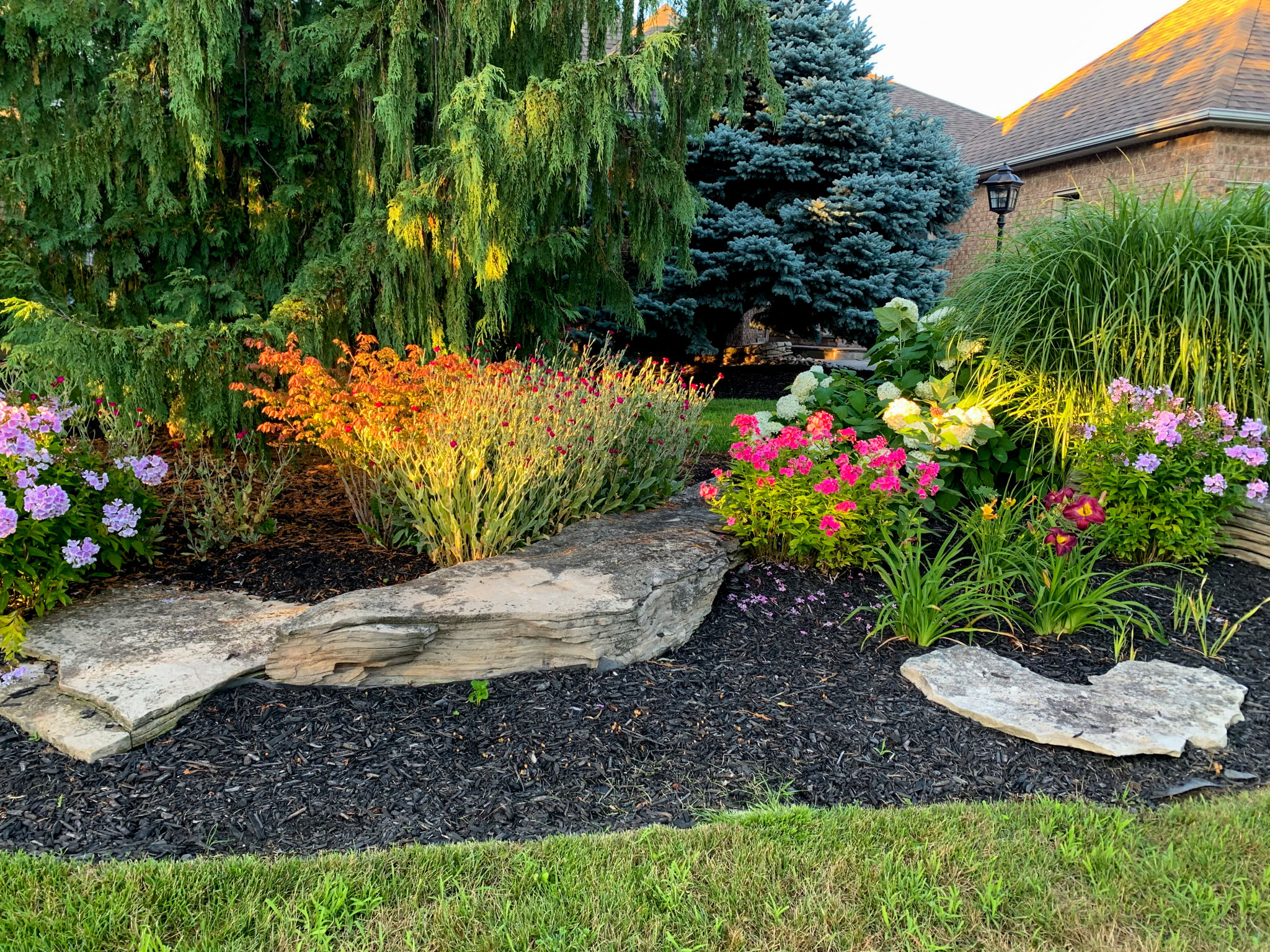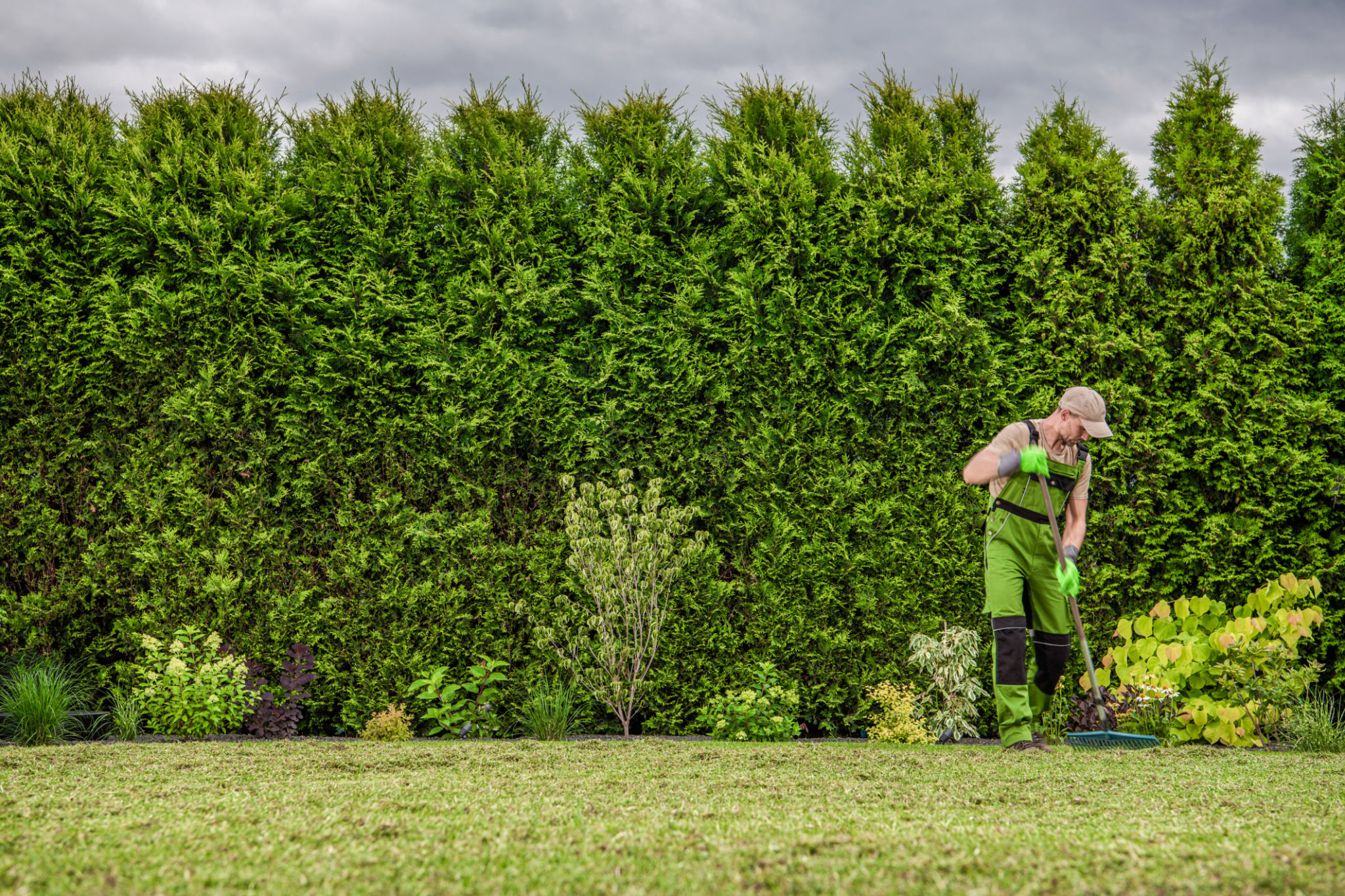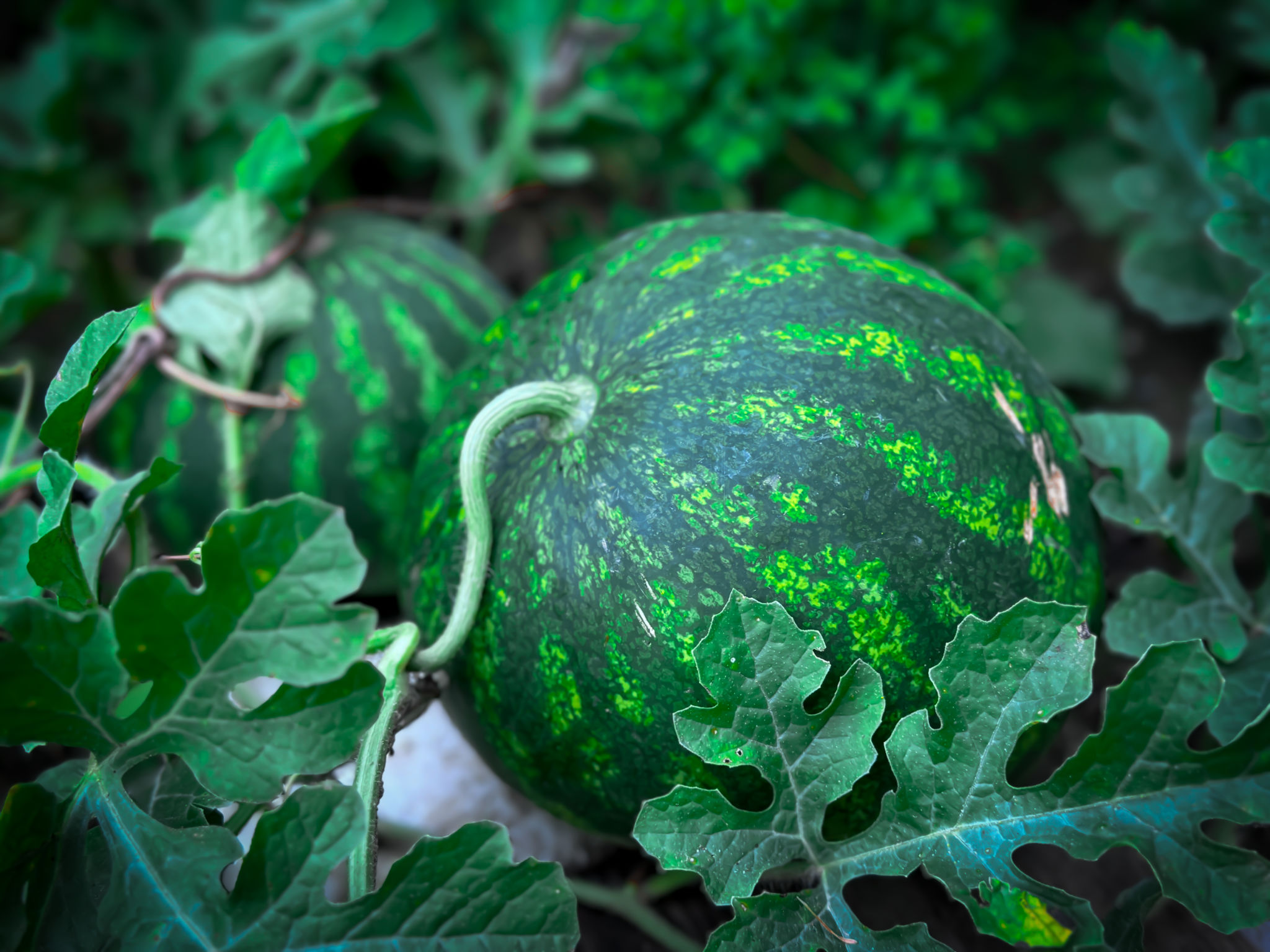Top Myths About Residential Landscaping Debunked
Understanding Residential Landscaping Myths
When it comes to residential landscaping, there are numerous myths that often mislead homeowners. These myths can hinder you from achieving the beautiful outdoor space you've always desired. In this blog post, we will debunk some of the most common landscaping misconceptions and provide you with insights to make informed decisions.

Myth 1: Landscaping Is Only for Aesthetics
One prevalent myth is that landscaping is solely about aesthetics. While it's true that a well-designed landscape can enhance the beauty of your home, it also offers functional benefits. Proper landscaping can improve air quality, reduce noise pollution, and even increase your property value. Additionally, strategic plant placement can help with energy efficiency by providing shade and windbreaks.
Myth 2: Landscaping Requires Constant Maintenance
Many homeowners shy away from landscaping due to the belief that it demands constant upkeep. However, with the right planning and plant selection, you can create a low-maintenance landscape. Opt for native plants that are adapted to your local climate, as they typically require less water and care. Moreover, incorporating hardscaping elements like patios and paths can reduce the amount of lawn you need to maintain.

The Truth About Plants and Soil
Myth 3: All Plants Thrive in Any Soil
A common misconception is that all plants will grow well in any type of soil. The truth is that soil quality plays a crucial role in plant health. Before planting, it's important to test your soil to understand its composition and nutrient levels. This will help you choose the right plants for your particular soil type, ensuring a thriving landscape.
Myth 4: Fertilizer Is Always Necessary
Many people believe that fertilizers are always needed for a healthy garden. While fertilizers can be beneficial, overuse can harm plants and the environment. It's essential to use fertilizers sparingly and opt for organic options when possible. Often, improving soil health through composting and mulching can provide sufficient nutrients for your plants.

Watering and Irrigation Insights
Myth 5: More Water Equals Healthier Plants
Another widespread myth is that more water will lead to healthier plants. Overwatering can actually damage plant roots and promote disease. It's vital to understand the specific watering needs of your plants and adjust accordingly. Drip irrigation systems can be an efficient way to deliver water directly to plant roots, reducing waste and promoting healthier growth.
Myth 6: Watering During the Day Is Best
Some homeowners assume that watering during the day is optimal. In reality, watering early in the morning or late in the evening is more effective. This allows water to soak into the soil before it evaporates in the heat of the day, ensuring that your plants receive the moisture they need.

Final Thoughts on Landscaping Myths
Debunking these landscaping myths can help you create a more effective and sustainable outdoor space. By understanding the true benefits of landscaping beyond aesthetics, selecting appropriate plants for your soil, and adopting smart watering practices, you can enjoy a beautiful and functional landscape with less effort. Remember, informed decisions lead to thriving gardens!
